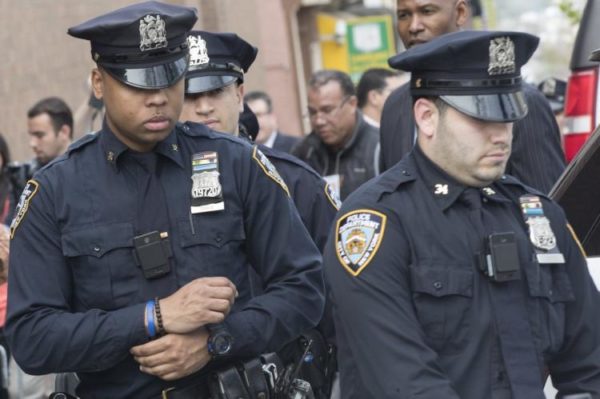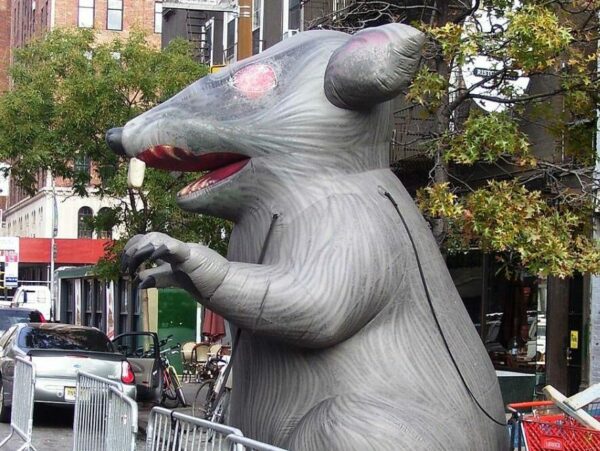August 4, 2015
By Joe Maniscalco

New York, NY – One of the most alarming criticisms aimed at Uber during July’s showdown between the app-based car service and the City of New York, came from those charging that the $50 billion corporate giant is intent on automating every driver out of their automobiles — and now the author of a provocative new book about technology and where it’s headed, says the threat is actually far worse than that.
Martin Ford, Silicon Valley software developer and author of “Rise of the Robots: Technology and the Threat of a Jobless Future”, told LaborPress this week that driverless cars could be very disruptive and eventually mean "the end of the current owner-operator model for cars.”
“Google in particular wants to put an end to individual car ownership (at least in cities) and instead turn autonomous cars into a shared resource,” Ford said. “In addition to threatening jobs for drivers (Uber, taxis, deliveries, etc), this would threaten a huge number of jobs at all the businesses that now market services to individual owners: gas stations, car dealers, repair shops, auto insurance agents, car washes, etc. This is potentially a huge number of jobs and also small businesses. In Los Angeles alone, about 10,000 work in car washes, for example.”
Uber announced back in February that it is developing the robotic means for “safe, reliable transportation to everyone, everywhere.” At the same time, tech giant Google also announced plans for its own ride sharing app.
“They can’t wait to replace us,” Taxi Workers Alliance Executive Director Bhairavi Desai said at a City Hall rally last month. “This is the same company in Austin, Texas that is testing out the driverless car. That's how much they care about their drivers. They have publicly said that the only cost they have to bear is the fare that they have to split with the drivers. If they take the driver out of the car, then it's more profits for Uber. That's what this fight is fundamentally about — they want to attack the right of working people to exist in this industry.”
Significant technological challenges remain, however, and cabbies don't have to worry about being immediately replaced by driverless cars — but they do need to be worried, according to Ford.
“I think that drivers need to eventually be concerned about this, but it is not something likely to happen in the near future,” Ford said. “I have heard predictions that we will see fully driverless cars within 3-5 years or so, but I think this is quite aggressive. I would guess it will be at least 10-15 years before this technology is really viable and able to threaten Uber drivers.”
Constant road construction, temporary road closings and detours, as well as bad weather present real obstacles to driverless cars on urban streets. That said, Ford says that we can probably expect to see driverless cars at least being successfully tested within the next three to five years.
Right now, the number of new Uber drivers continues to explode, and Jim Conigliaro, general counsel for the Machinists Union District 15, says that the company’s tech-based business model is rapidly helping to drive down wages and benefits for everyone who makes thier living picking up fares.
“They want us to thank them for creating these things that they call ‘jobs’ which have no health benefits, no retirement benefits, no transparency, longer hours at less money,” Conigliaro said at July’s rally. “Uber profits haven't dropped, but the earnings of individual drivers have.”



